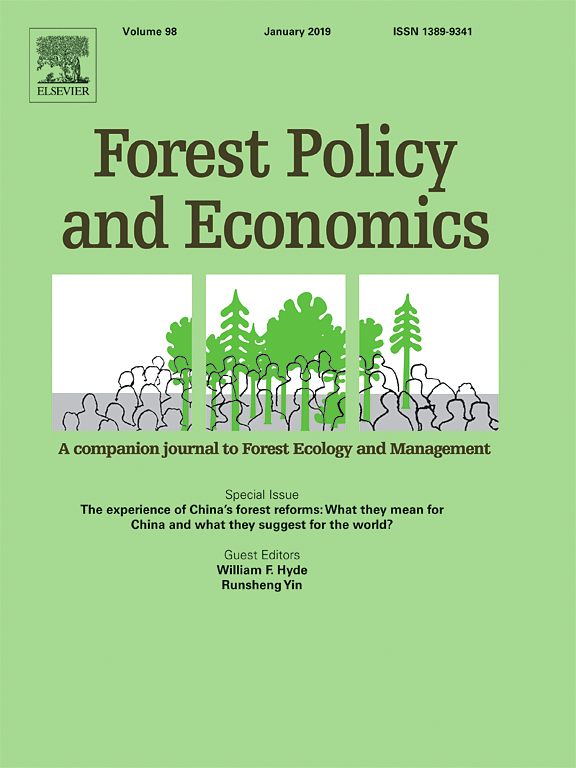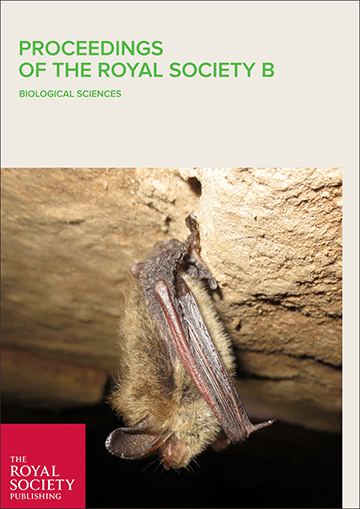This paper presents a framework for analyzing tropical deforestation and reforestation, using the von Thünen model as its starting point: land is allocated to the use which yields the highest rent, and the rents of various land uses are determined by location. Forest cover change therefore becomes a question of changes in rent of forest vs. non-forest uses. While this is a simple and powerful starting point, more intriguing issues arise when this is applied to analyze real cases. An initial shift in the rent of one particular land use generates feedbacks which affect the rent of all land uses. For example, a new technology in extensive agriculture should make this land use more profitable and lead to more forest clearing, but general equilibrium effects (changes in prices and local wages) can modify or even reverse this conclusion. Another challenging issue is how a policy change or a shift in broader market, technological and institutional forces will affect various land use rents. The paper deals with three such areas: technological progress in agriculture, land tenure regimes, and community forest management. The second part of the paper links the von Thünen framework to the forest transition (FT) theory. The FT theory describes a sequence over time where a forested region goes through a period of deforestation before the forest cover eventually stabilizes and starts to increase. This sequence can be seen as a systematic pattern of change in the agricultural and forest land rents over time. Increasing agricultural rent leads to high rates of deforestation. The slow-down of deforestation and eventual reforestation is due to lower agricultural rents (the economic development path) and/or higher forest rent (the forest scarcity path). Various forces leading to these changes are discussed, and supported by empirical evidence from different tropical regions.
Publication year
2014
Authors
Angelsen, A.
Language
English
Keywords
deforestation, transition, forests, technology, tenure systems, community-based forest management, forest inventories, forest management, forests, mountain areas, remote sensing, satellite imagery, spatial variation, temporal variation























